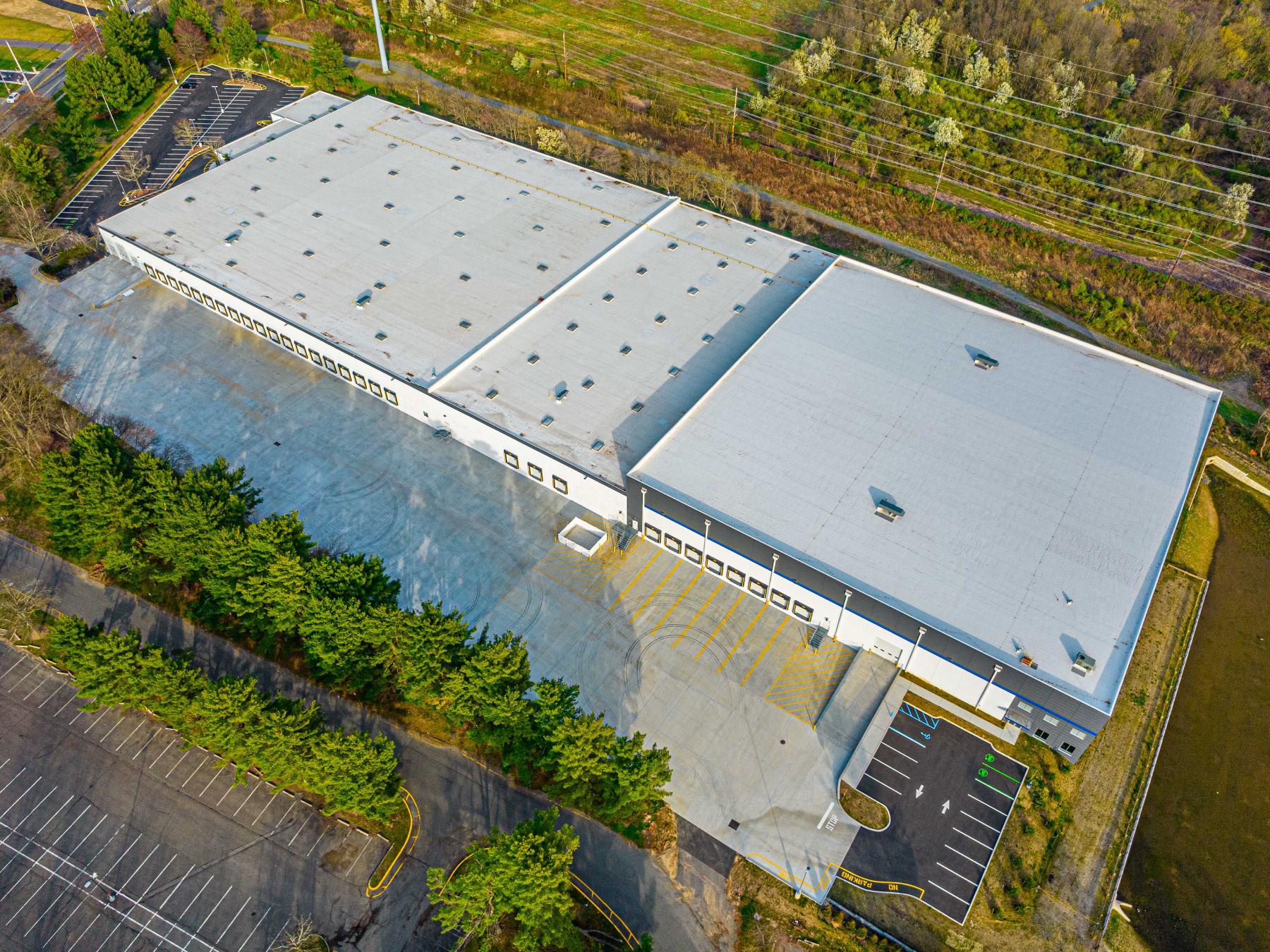What’s Next for Bed Bath & Beyond’s Stores?
In the wake of Chapter 11 bankruptcy, closings could affect more than 500 locations.

Bed Bath & Beyond’s Manhattan flagship store reopened in July 2021 after extensive remodeling. Photo credit: Bed Bath & Beyond
The bankruptcy filing announced by Bed Bath & Beyond on Sunday could result in the shutdown of the 52-year-old home goods chain, but other retailers may find opportunity to expand into vacated stores.
At issue is the future of 520 stores in the retailer’s nationwide portfolio, including 360 Bed Bath & Beyond stores and 120 buybuy Baby locations. In its statement about the Chapter 11 filing, the company indicated that it will pursue a dual strategy. The company has secured $240 million in debtor-in-possession financing to maintain operations as the company prepares to shut down. According to multiple reports, the company is aiming to complete store closings by June 30.
READ ALSO: What’s Next for Experiential Retail?
At the same time, the firm is requesting court permission to sell its assets, in whole or in part. Should a sale be successful, the company will “pivot away” from store closings as needed, according to the statement.
Potential takers for Bed Bath & Beyond locations
Should the bankruptcy filing lead to widespread closings, the vacated stores may find considerable interest from new tenants. Several national chains have already taken former Bed Bath & Beyond locations. On March 30, TJ Maxx opened a store at Watertown Towne Plaza in Watertown, N.Y. This summer, a Ross Dress for Less is expected to open in a former Bed Bath & Beyond location in White Lake Township, according to a February report by WXYZ, a Detroit affiliate of ABC.
Sunday’s announcement follows Bed Bath & Beyond’s lengthy effort to stabilize its finances and stave off bankruptcy. Over the past several years, the company has steadily reduced its store footprint. Last August, the retailer disclosed plans to close 150 stores, as part of a strategy that also included cutting its workforce 20 percent, reducing capital spending and securing $500 million in new financing.
The company has also invested in upgrading its product with a $250 million effort to remodel 450 locations. One high-profile example was the company’s 92,000-square-foot Manhattan flagship, which reopened in July 2021 after extensive renovations.
Sue Gove, Bed Bath & Beyond’s president & CEO, said on March 30 that the company had raised $360 million in equity since the beginning of February, cured its default under its credit agreement and reached other goals. But sales were problematic last year, declining 31 percent year-over-year in the third quarter of 2022, the most recent figures available.







You must be logged in to post a comment.